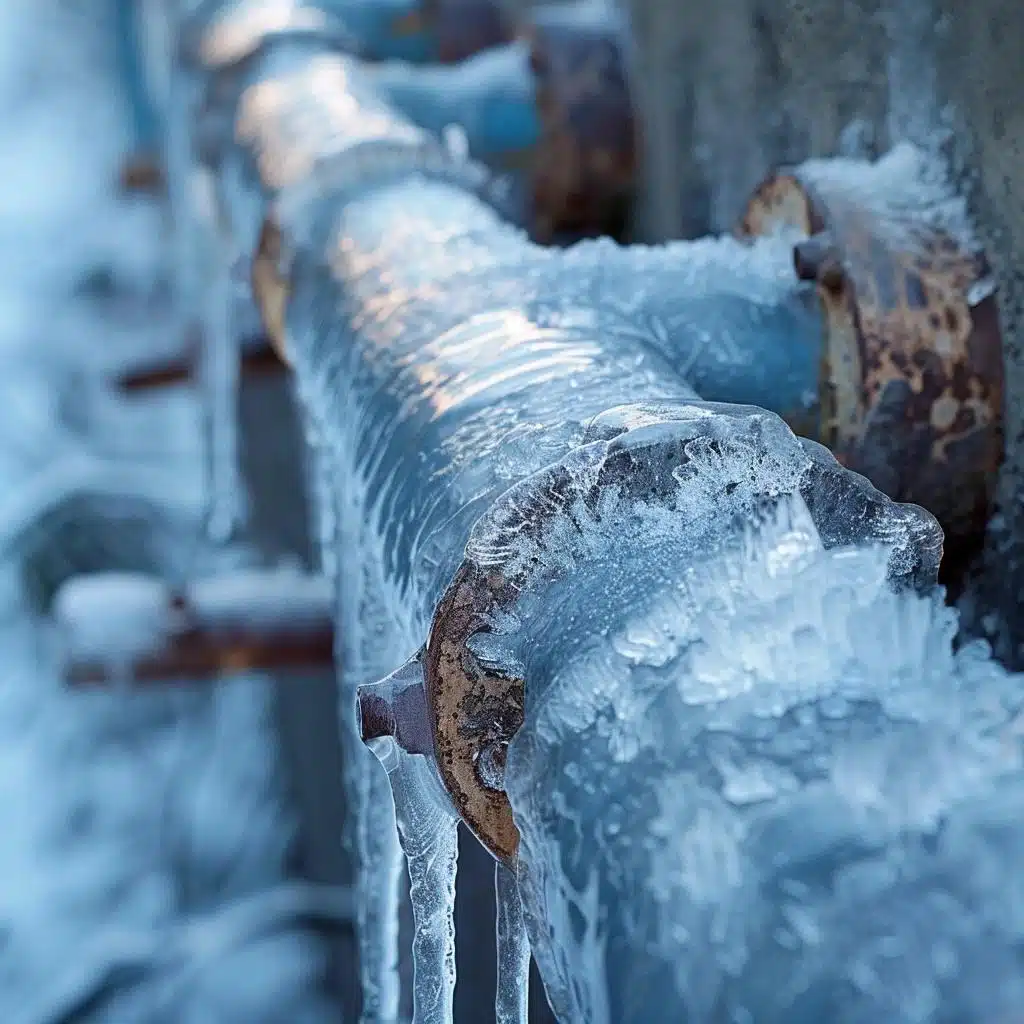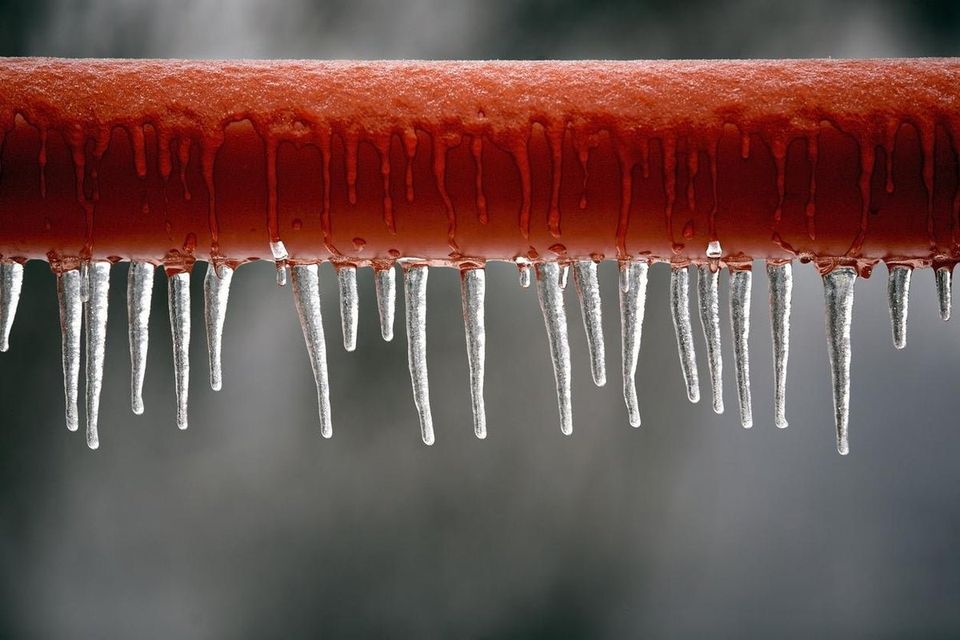How do you really feel in relation to 6 Ways to Prevent Frozen Pipes?

Winter can wreak havoc on your pipes, particularly by freezing pipelines. Below's just how to prevent it from happening and what to do if it does.
Intro
As temperatures decrease, the threat of icy pipelines increases, potentially causing pricey repairs and water damage. Comprehending exactly how to avoid icy pipelines is vital for home owners in cool environments.
Recognizing Frozen Pipes
What triggers pipelines to freeze?
Pipes ice up when subjected to temperatures below 32 ° F (0 ° C) for extended durations. As water inside the pipelines freezes, it expands, taxing the pipeline walls and possibly triggering them to burst.
Threats and damages
Frozen pipelines can bring about water system disruptions, home damages, and costly fixings. Burst pipelines can flood homes and create comprehensive architectural damage.
Indications of Frozen Piping
Determining icy pipelines early can avoid them from breaking.
How to identify frozen pipes
Try to find lowered water circulation from taps, uncommon odors or noises from pipelines, and visible frost on subjected pipelines.
Avoidance Tips
Shielding vulnerable pipelines
Cover pipelines in insulation sleeves or make use of warm tape to secure them from freezing temperature levels. Focus on pipes in unheated or exterior locations of the home.
Home heating methods
Keep indoor rooms adequately warmed, particularly areas with pipes. Open closet doors to enable warm air to flow around pipelines under sinks.
Protecting Exterior Plumbing
Yard hoses and outside taps
Disconnect and drain pipes yard hose pipes prior to wintertime. Mount frost-proof faucets or cover outdoor taps with insulated caps.
What to Do If Your Pipelines Freeze
Immediate actions to take
If you presume icy pipes, keep faucets available to relieve pressure as the ice melts. Utilize a hairdryer or towels taken in warm water to thaw pipelines gradually.
Long-Term Solutions
Architectural adjustments
Think about rerouting pipelines far from exterior walls or unheated areas. Add extra insulation to attic rooms, basements, and crawl spaces.
Upgrading insulation
Buy premium insulation for pipes, attics, and walls. Correct insulation aids preserve regular temperature levels and minimizes the danger of icy pipes.
Verdict
Protecting against frozen pipelines needs positive steps and quick actions. By comprehending the causes, indications, and preventive measures, homeowners can secure their plumbing during cold weather.
5 Ways to Prevent Frozen Pipes
Drain Outdoor Faucets and Disconnect Hoses
First, close the shut-off valve that controls the flow of water in the pipe to your outdoor faucet. Then, head outside to disconnect and drain your hose and open the outdoor faucet to allow the water to completely drain out of the line. Turn off the faucet when done. Finally, head back to the shut-off valve and drain the remaining water inside the pipe into a bucket or container. Additionally, if you have a home irrigation system, you should consider hiring an expert to clear the system of water each year.
Insulate Pipes
One of the best and most cost-effective methods for preventing frozen water pipes is to wrap your pipes with insulation. This is especially important for areas in your home that aren’t exposed to heat, such as an attic. We suggest using foam sleeves, which can typically be found at your local hardware store.
Keep Heat Running at 65
Your pipes are located inside your walls, and the temperature there is much colder than the rest of the house. To prevent your pipes from freezing, The Insurance Information Institute suggests that you keep your home heated to at least 65 degrees, even when traveling. You may want to invest in smart devices that can keep an eye on the temperature in your home while you’re away.
Leave Water Dripping
Moving water — even a small trickle — can prevent ice from forming inside your pipes. When freezing temps are imminent, start a drip of water from all faucets that serve exposed pipes. Leaving a few faucets running will also help relieve pressure inside the pipes and help prevent a rupture if the water inside freezes.
Open Cupboard Doors
Warm your kitchen and bathroom pipes by opening cupboards and vanities. You should also leave your interior doors ajar to help warm air circulate evenly throughout your home.

Do you really like more info about 6 Ways to Prevent Frozen Pipes? Write feedback down the page. We'd be glad to find out your thoughts about this review. We hope to see you back again in the near future. Sharing is nice. You just don't know, you will be helping someone out. Bless you for your time. Come back soon.
About This